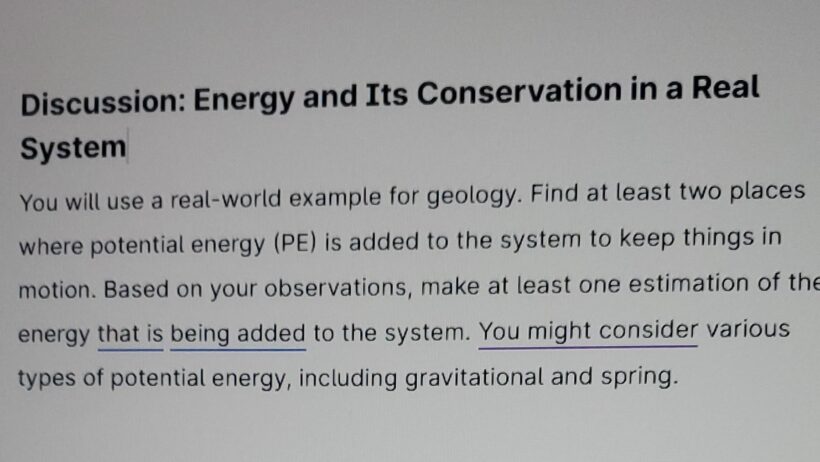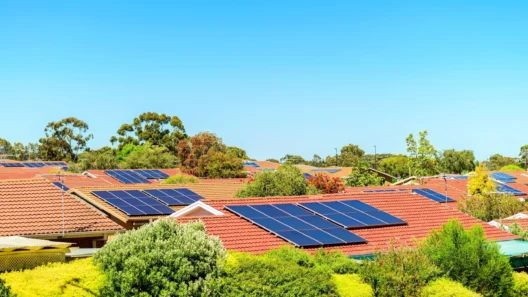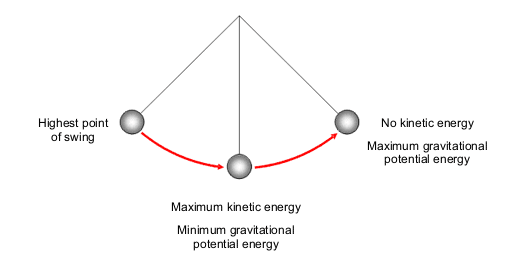Energy conservation is a crucial topic in the discourse surrounding climate change. As we face unprecedented environmental challenges, the question arises: How much energy conservation can you actually achieve? This playful inquiry is not merely rhetorical; it provokes a deeper consideration of personal responsibility and the tangible impacts of our choices. Energy conservation is not just about turning off lights or reducing shower times; it encompasses a broader spectrum of actions that accumulate to create significant change.
To begin with, understanding the concept of energy conservation is paramount. Energy conservation refers to the practice of using less energy by employing more efficient technologies and behavioral changes. It stands in contrast to energy efficiency, which relates to using technology to perform the same task with less energy. For instance, replacing incandescent bulbs with LED lights conserves energy while simultaneously enhancing efficiency. But the real question is: what are the tangible results of such actions?
First, let’s explore the myriad choices individuals can make to affect energy consumption. Simple habits such as reducing heating and cooling, utilizing public transport, and embracing renewable energy sources can yield profound results. Each household has the potential to significantly reduce its carbon footprint. For example, turning down the thermostat by just a few degrees in the winter or using a programmable thermostat can cut energy use by 10-15%. In summer, opting for natural ventilation instead of air conditioning can also yield considerable savings.
Consider the impact of transportation. The average vehicle emits approximately 4.6 metric tons of carbon dioxide annually. If every household switched from a conventional vehicle to a hybrid or electric model, the cumulative effect would be monumental. Moreover, carpooling and utilizing public transportation could decrease individual energy consumption substantially. Not only does this reduce greenhouse gas emissions, but it also fosters community engagement—a win-win scenario.
Household appliances also play an integral role in energy conservation. Energy Star-rated appliances, including refrigerators and washing machines, utilize advanced technologies to consume up to 50% less energy than their non-rated counterparts. This decision at the consumer level has multiplicative effects on energy conservation across the supply chain. Each replaced appliance represents a commitment to responsible consumption and active participation in the global effort to mitigate climate change.
On a larger scale, the role of renewable energy cannot be overstated. The transition from fossil fuels to solar, wind, and hydroelectric energy sources is imperative for achieving sustainable energy consumption. Individuals can contribute by installing solar panels or advocating for renewable energy policies in their communities. While the initial investment may seem daunting, the long-term savings and environmental benefits justify the cost. Moreover, supporting local and national initiatives that promote renewable energy leads to a collective shift in energy paradigms.
Nevertheless, the journey towards energy conservation is not without challenges. Consumerism is deeply entrenched in modern culture, and resisting the urge to maintain a status quo can be difficult. There lies a paradox; while individual actions are significant, systemic change requires collective action and governmental intervention. Policies such as carbon pricing, subsidies for energy-efficient appliances, and incentives for renewable energy installations can drive down overall energy consumption significantly. The challenge then lies in advocating for such policies and supporting leaders who prioritize the environment.
It’s also crucial to recognize the intersectionality within energy conservation. Marginalized communities often bear the brunt of environmental degradation; their voices must be elevated in energy discussions. Ensuring equitable access to renewable energy resources and energy-efficient technologies is essential for a just transition. Collaborating with diverse communities can inspire innovative solutions that resonate on multiple levels.
A curious mind might wonder: what happens if we all apply these energy conservation techniques? If every household in the country adopted just one energy-saving measure, the cumulative impact would be staggering. For perspective, if every American replaced one incandescent bulb with a compact fluorescent bulb, the result would be a reduction of approximately 9 billion kilowatt-hours of electricity. This is enough to power over 800,000 homes for a year. Now, envision implementing multiple strategies in tandem. The potential for energy conservation expands exponentially with collective engagement.
Additionally, energy conservation is not merely a personal burden—it can be a source of community pride and resilience. Innovative grassroots organizations are developing community-driven initiatives that pool efforts for larger energy-saving projects. Neighborhoods can collaborate on installation of solar energy systems, organize group purchases for energy-efficient appliances, and share knowledge about best practices for energy conservation. Such collaborations foster camaraderie and emphasize the importance of working together for a sustainable future.
Despite the inherent complexities, the notion of energy conservation is a beacon of hope. Each choice we make reverberates throughout the environment; the nuanced dance between individual action and collective responsibility can foster a more sustainable future. When we commit to energy conservation, we engage in a profound relationship with our planet, underscoring our role as stewards of the Earth’s resources.
In conclusion, achieving energy conservation is not just an abstract aspiration; it is a tangible goal that can be attained through conscious choices. The power lies within each of us—not only to conserve energy but to inspire others to do the same. By examining our habits and understanding the ripple effects, we can contribute significantly to mitigating climate change and fostering a sustainable legacy for future generations. So, how much energy conservation can you actually achieve? The remarkable answer lies in your choices.








